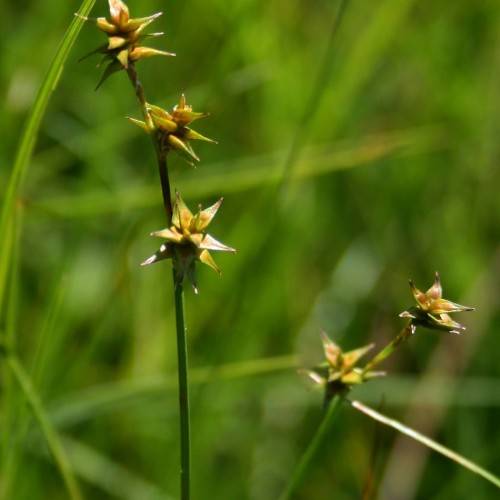
Sedge
Carex echinata subsp. echinata x
Watering:
Frequent
Hardiness Zone:
Flowers:
Flowers
Sun:
Sun, Partial Shade
Soil:
Sand
Leaf:
Yes
Growth Rate:
Low
Drought Tolerant:
Yes
Salt Tolerant:
Yes
Thorny:
Yes
watering
Little Prickly Sedge should be watered 1 - 2 times per week. The soil should be kept consistently moist, but be sure not to overwater. During the warmer months, provide an inch of water per week, and increase this amount to 2 inches per week during the hottest part of the summer. During cooler months, reduce the amount of water to about half an inch per week, or as needed to prevent the soil from drying out. It is important to check the soil moisture levels prior to each watering. Allow the top inch of soil to dry out before adding more water.
sunlight
Little Prickly Sedge thrives in full sun for most of the day. For optimal growth and health, it should receive at least 5-6 hours of direct sunlight each day. The best hours for sunlight are mid-morning to early afternoon, and afternoon sun should be avoided. If the plant does not receive enough sunlight, it may become stressed and begin to show signs of wilting or discoloration. During the hottest summer months, some shade in the afternoon is recommended to prevent the plant from burning or becoming too dry.
pruning
Little Prickly Sedge should be pruned in early spring before the new growth and flowering begins. Prune the plant by cutting off the dead stalks, gently removing any dead foliage, and thinning the stems. This will allow for better air circulation and will allow the remaining foliage to get more sunlight. Pruning should be done sparingly and no more than 1-third of the plant should be cut away. If the plant becomes overcrowded, you can cut a few of the oldest stems completely down to the root.
